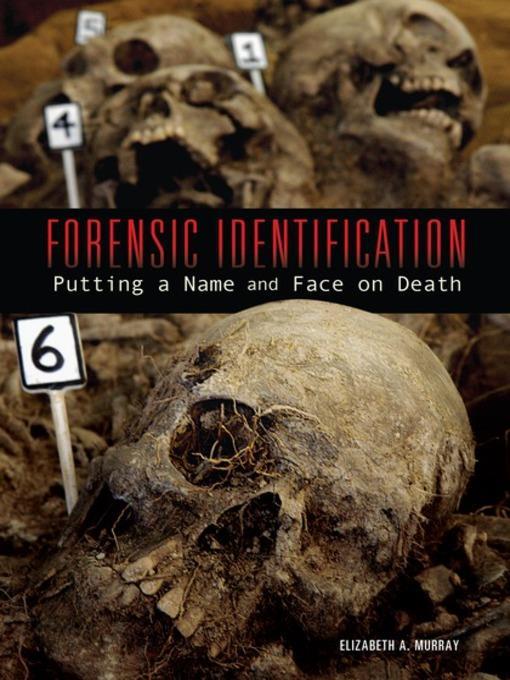
Forensic Identification
Putting a Name and Face on Death
فرمت کتاب
ebook
تاریخ انتشار
2012
Lexile Score
1180
Reading Level
8-10
ATOS
9.8
Interest Level
9-12(UG)
نویسنده
Elizabeth A. Murray, PhDشابک
9781467701396
کتاب های مرتبط
- اطلاعات
- نقد و بررسی
- دیدگاه کاربران
نقد و بررسی

November 1, 2012
Gr 6-8-From watching CSI and Bones, kids know all about forensics, don't they? Well, sort of.... Murray's exposition will help fill the gaps left by a 60-minute format. Using a framework of "case files" (printed in white on black pages), the author covers the obvious-skin, hair, scars, tattoos, fingerprints, and bones-and goes on to the presence of certain isotopes, soft tissue, and the favorite of all cop shows, DNA. The explanations are clear and to the point: this is how the unknown dead are identified, and these are the tools the scientists use in the identification process. Written by a board-certified forensic anthropologist, the book contains color photos (some quite graphic), diagrams, and X-rays. One minimal carp: some captions, printed in red on a black background, are difficult to read. Team this with Sally M. Walker's authoritative Their Skeletons Speak (Carolrhoda, 2012) and Lorraine Jean Hopping's engrossing Bone Detective (Watts, 2005) for a solid exploration of a currently hot science. Intriguing and informative.Patricia Manning, formerly at Eastchester Public Library, NY
Copyright 2012 School Library Journal, LLC Used with permission.

September 15, 2012
How does science work to identify corpses of the unknown? Murray's compact, textbook look at the basics of forensic anthropology provides comprehensible introductions to individually unique anatomical and physiological characteristics and to the timetable for the decay or decomposition of each. Eight "case files" are presented to provide a story to illustrate the techniques of post-mortem identification in practical contexts and to provide human interest to accompany the straightforward text. Unsurprisingly gruesome, each involves the discovery of a body (or in one, the separate limbs and severed head of a young woman) of an unknown person whose identification is challenged by decomposition. Three main chapters look at current forensic technology from the outside in--the first describes skin, hair, scars, tattoos, fingerprints and their reconstruction, while the second provides a look at how bones, teeth and implants provide structural identification. Murray describes the gold standard of identification--nuclear DNA profiling--in the last chapter with satisfyingly clear instruction in the essential features of forensic DNA. About 20 percent of the text is printed in white on a dark background, including all of the case-file narratives. File photos are used throughout to illustrate the points being made. A serviceable introduction both to this CSI-related field and to the relevant human anatomy. (index, bibliography, sources for more information) (Nonfiction. 11-14)
COPYRIGHT(2012) Kirkus Reviews, ALL RIGHTS RESERVED.

























دیدگاه کاربران